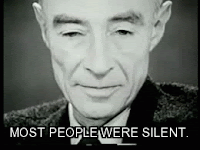The terms aerial view and aerial viewpoint are also sometimes used synonymous with bird's-eye view. The term aerial view can refer to any view from a great height, even at a wide angle, as for example when looking sideways from an airplane window or from a mountain top. Overhead view is fairly synonymous with bird's-eye view but tends to imply a vantage point of a lesser height than the latter term. For example, in computer and video games, an "overhead view" of a character or situation often places the vantage point only a few feet (a meter or two) above human height. See top-down perspective.





















